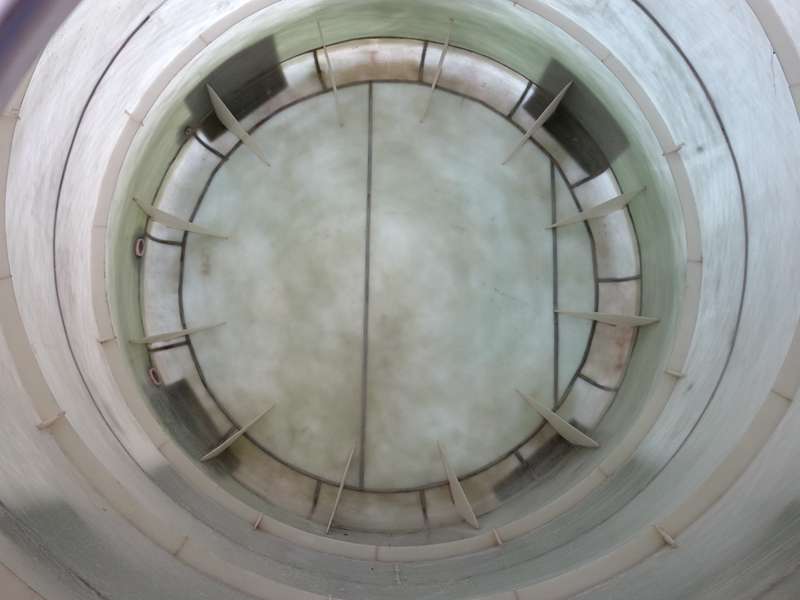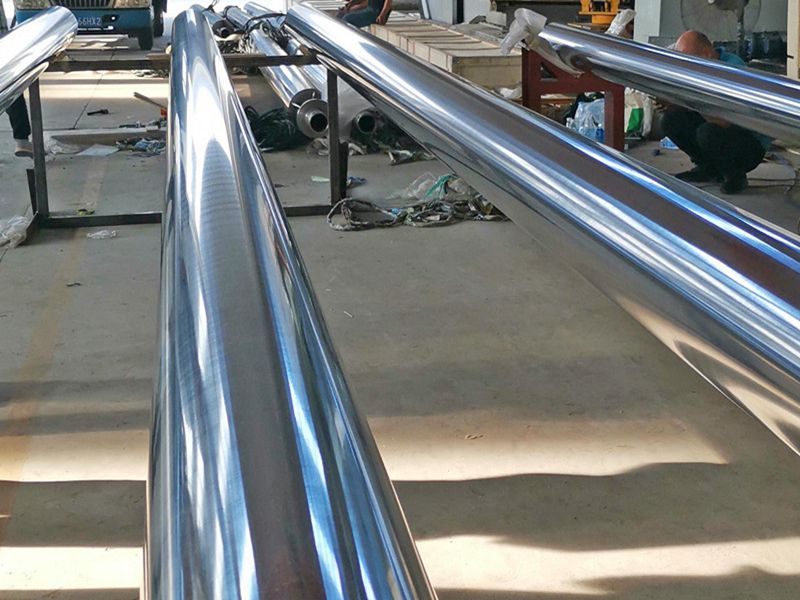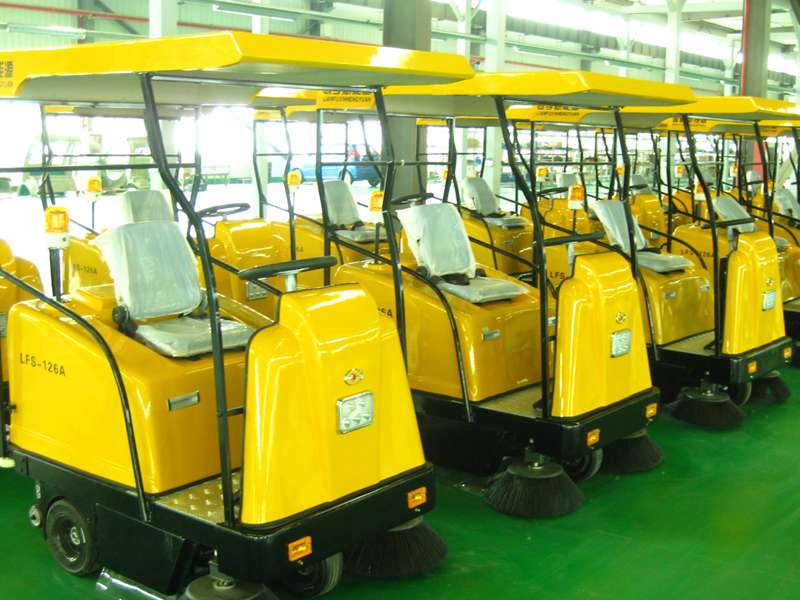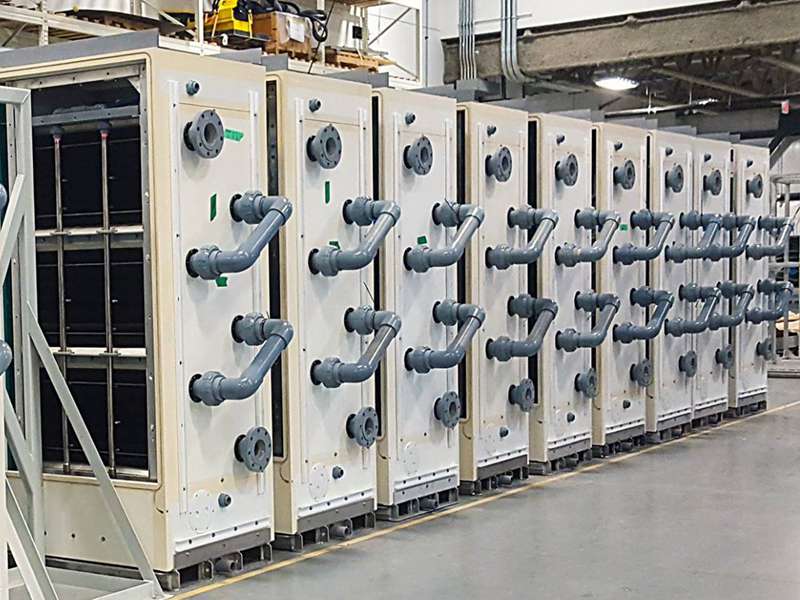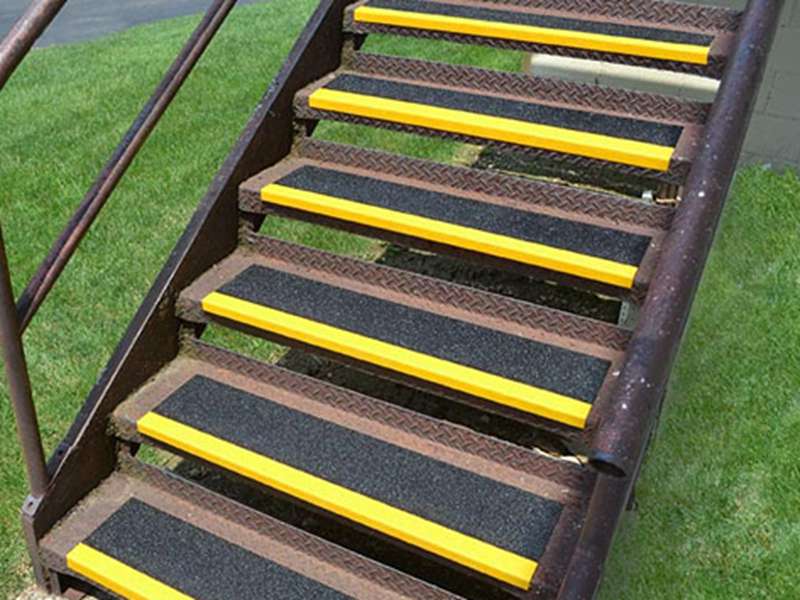
-
 Afrikaans
Afrikaans -
 Albanian
Albanian -
 Amharic
Amharic -
 Arabic
Arabic -
 Armenian
Armenian -
 Azerbaijani
Azerbaijani -
 Basque
Basque -
 Belarusian
Belarusian -
 Bengali
Bengali -
 Bosnian
Bosnian -
 Bulgarian
Bulgarian -
 Catalan
Catalan -
 Cebuano
Cebuano -
 China
China -
 China (Taiwan)
China (Taiwan) -
 Corsican
Corsican -
 Croatian
Croatian -
 Czech
Czech -
 Danish
Danish -
 Dutch
Dutch -
 English
English -
 Esperanto
Esperanto -
 Estonian
Estonian -
 Finnish
Finnish -
 French
French -
 Frisian
Frisian -
 Galician
Galician -
 Georgian
Georgian -
 German
German -
 Greek
Greek -
 Gujarati
Gujarati -
 Haitian Creole
Haitian Creole -
 hausa
hausa -
 hawaiian
hawaiian -
 Hebrew
Hebrew -
 Hindi
Hindi -
 Miao
Miao -
 Hungarian
Hungarian -
 Icelandic
Icelandic -
 igbo
igbo -
 Indonesian
Indonesian -
 irish
irish -
 Italian
Italian -
 Japanese
Japanese -
 Javanese
Javanese -
 Kannada
Kannada -
 kazakh
kazakh -
 Khmer
Khmer -
 Rwandese
Rwandese -
 Korean
Korean -
 Kurdish
Kurdish -
 Kyrgyz
Kyrgyz -
 Lao
Lao -
 Latin
Latin -
 Latvian
Latvian -
 Lithuanian
Lithuanian -
 Luxembourgish
Luxembourgish -
 Macedonian
Macedonian -
 Malgashi
Malgashi -
 Malay
Malay -
 Malayalam
Malayalam -
 Maltese
Maltese -
 Maori
Maori -
 Marathi
Marathi -
 Mongolian
Mongolian -
 Myanmar
Myanmar -
 Nepali
Nepali -
 Norwegian
Norwegian -
 Norwegian
Norwegian -
 Occitan
Occitan -
 Pashto
Pashto -
 Persian
Persian -
 Polish
Polish -
 Portuguese
Portuguese -
 Punjabi
Punjabi -
 Romanian
Romanian -
 Russian
Russian -
 Samoan
Samoan -
 Scottish Gaelic
Scottish Gaelic -
 Serbian
Serbian -
 Sesotho
Sesotho -
 Shona
Shona -
 Sindhi
Sindhi -
 Sinhala
Sinhala -
 Slovak
Slovak -
 Slovenian
Slovenian -
 Somali
Somali -
 Spanish
Spanish -
 Sundanese
Sundanese -
 Swahili
Swahili -
 Swedish
Swedish -
 Tagalog
Tagalog -
 Tajik
Tajik -
 Tamil
Tamil -
 Tatar
Tatar -
 Telugu
Telugu -
 Thai
Thai -
 Turkish
Turkish -
 Turkmen
Turkmen -
 Ukrainian
Ukrainian -
 Urdu
Urdu -
 Uighur
Uighur -
 Uzbek
Uzbek -
 Vietnamese
Vietnamese -
 Welsh
Welsh -
 Bantu
Bantu -
 Yiddish
Yiddish -
 Yoruba
Yoruba -
 Zulu
Zulu
High-Efficiency Scrubbers for Industrial Air Pollution Control
1. Global Industry Trend Analysis
Scrubbers have become a critical component for emission control, odor abatement, and air pollution mitigation across industries such as petrochemical, metallurgy, pharmaceutical, water treatment, and more. According to Grand View Research, the global scrubber market size was valued at USD 8.6 billion in 2023 and is projected to grow at a CAGR of 10.3% between 2024 and 2030, driven primarily by stringent environmental regulations and increasing focus on sustainable operations.
- Leading markets: Asia-Pacific > Europe > North America
- Key Drivers: IMO 2020 sulfur cap, rapid industrialization, and investments in air quality infrastructure
- Industry Adoption: Over 48% of chemical plants worldwide deploy advanced Scrubbers (2023 data)
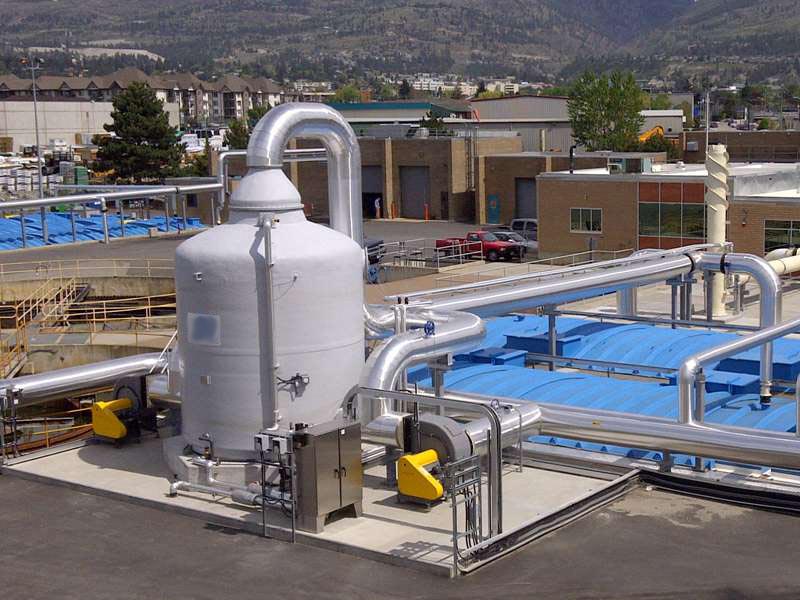
2. Manufacturing Process of Scrubbers
-
Raw Material Selection
- Materials: FRP (Fiber Reinforced Plastics), Stainless Steel 316L, PP, and PVC-U
- Compliance: ISO 9001:2015, ASTM D4097, ANSI/ASHRAE Standard 62.1
-
Processing & Machinery
- Process: CNC precision cutting & molding → Automated filament winding → High-pressure curing
- Surface Treatment: Anti-corrosion coating & UV stabilization.
-
Critical Quality Control
- Testing: Hydrostatic, air-leak, and salt spray per ISO 16925.
- Digital X-ray to ensure structural integrity.
-
Assembly & Integration
- Incorporation of interior baffles, mist eliminators, and dosing systems.
- Final inspection & performance run-off before shipment.
Key feature: The blend of composite FRP with proprietary anti-corrosive resin layers grants a typical service life of 20-25 years even in harsh chemical environments.
Scrubber Manufacturing Process Flow
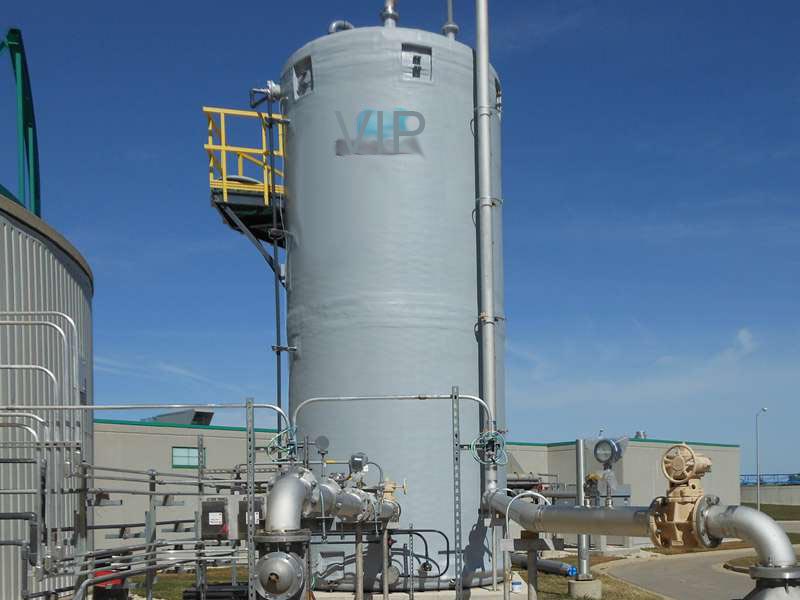
*Each node denotes a critical QC checkpoint.
3. Technical Specifications & Product Comparison
The table below compiles essential technical specifications of commonly deployed industrial Scrubbers. The differences in materials, design pressure, and application suitability are demonstrated:
All models comply with international standards such as ISO 9001, ASME BPVC, and ANSI B31.3 for design and manufacture.
4. Scrubbers Key Metrics Visualization
Data Source: Grand View Research, MarketsandMarkets, In-house Engineering Analysis
5. Technological Advantages of Scrubbers
Engineered with advanced composite or metal alloys, Scrubbers deliver the following benefits:
- Superior Corrosion Resistance: FRP units resist both strong acids (up to 98% H2SO4) and bases; all weld seams undergo Dye Penetrant Inspection (ASME VIII).
- Energy Efficient Design: Proprietary baffle geometry minimizes pressure drop (ΔP < 150 Pa @ nominal capacity), yielding 12–18% lower energy use vs classic designs (ScienceDirect).
- Smart Integration: Options for PLC-based pH/ORP real-time monitoring and remote SCADA control.
- Reliable Longevity: 20–25 years of expected operation, with over 90% units surpassing 15 years of service (per user surveys in 2022).
- Modular Flexibility: Inline, vertical, and horizontal types available for complex layouts or spatial restrictions.
Customer Feedback:
“Our Scrubbers from JRain have run maintenance-free for six years, with emissions reduced below 12 mg/m³—well within the Chinese GB31572-2015 standard.” – Plant Manager, Sinopec (2024)
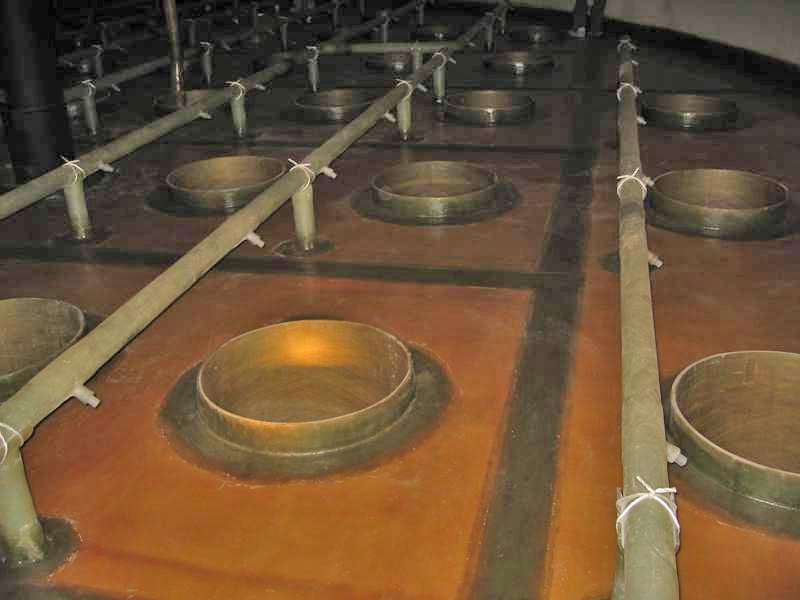
6. Manufacturer Benchmarking & Authority
- JRain Scrubbers (China)
- Established 2008, more than 400 successful installations globally
- ISO9001:2015, ISO14001, and CE certification
- Industry partners: Sinopec, Bayer, Veolia Water
- DuPont Clean Technologies (US)
- Specializes in custom wet and dry scrubber systems
- ASME, EPA Certified
- Alfa Laval (Sweden)
- Marine & industrial exhaust gas cleaning
- IMO, DNV-GL Certified
- Tecnium (Spain)
- Chemical-resistant solution, focus on FRP design
- Over 75 years experience
7. Custom Scrubber Solutions and Application Cases
- Gases treated: SOx, NOx, HCl, HF, VOCs, NH3
- Configuration: Tower, horizontal, modular, or container111ized, based on plant constraints.
- Remote Monitoring: All Scrubbers may be integrated with digital sensors for pH, pressure, and liquid level data collection.
- 4 × 60,000 m³/h vertical FRP Scrubbers (2023, Xinyu Steel, Jiangxi)
- Acidic fumes reduced below 14 mg/m³ (SEPA standard)
- Energy savings: 15.3% compared to legacy glass-lined units
"A custom Scrubber solution allowed our plant to run 24/7, maintaining emission limits across three shifts. A full ROI was achieved in under 22 months."
— Environmental Director, Veolia Water China
For a detailed quotation or feasibility study, visit our Scrubbers product page.
8. Expert FAQ: Scrubber Technology Terminology
-
Q: What is the typical material used for chemical-resistant Scrubbers?
A: Most advanced Scrubbers are manufactured from FRP (Fiber Reinforced Plastics), PVC-U, or stainless steel 316L depending on the chemical profile. FRP is preferred for its corrosion resistance and light weight. -
Q: How do I select the correct Scrubber size for my process?
A: The core criteria are inlet gas flow rate (m³/h), concentration of contaminants, pressure drop, and available space. Our engineering team uses proprietary modeling tools per ANSI/ASHRAE 62.1 and local GB50019 codes. -
Q: What are the primary international standards regulating Scrubber production?
A: Key standards include ISO9001:2015, ASME BPVC VIII, ANSI/ASHRAE 62.1, and GB150 design codes. -
Q: What is the difference between a packed bed and a spray tower scrubber?
A: Packed bed scrubbers use structured media for gas-liquid contact, offering higher removal efficiency for soluble gases. Spray tower scrubbers are simpler, suited to higher flow rates with lower contaminant loads. -
Q: How is pressure drop managed in industrial Scrubbers?
A: Design optimization (baffle spacing, fluid nozzle selection) and use of high-efficiency packing help reduce ΔP, ensuring fan energy costs and operational expenditure are minimized. -
Q: What is the installation protocol for large diameter Scrubbers?
A: Installation adheres to GB50231 and ASME Section VIII codes, with hydrostatic and pneumatic testing for handover. -
Q: What typical warranty is provided and what does it cover?
A: Our Scrubbers provide a standard warranty of 2–5 years, covering structural integrity, leakage, and corrosion resistance; custom terms available for project-specific requirements.
9. Delivery, Warranty & Customer Support
- Delivery Cycle: Standard lead time is 25–40 working days after technical approval. Custom units may take up to 60 days based on complexity.
- Warranty Commitment: All Scrubbers are covered by a minimum 2-year full warranty; up to 5 years for premium models.
- After-sales Support: 24/7 technical hotline, remote monitoring guidance, and on-site commissioning (as required).
- Certifications: ISO9001:2015, SGS, third-party pressure vessel inspection
- Authority & Trust: Supply record with Fortune 500 companies & referenced by leading industrial journals (ScienceDirect, Engineering Toolbox)
10. References & Industry Links
- Grand View Research – Scrubber System Market Size Report
- ScienceDirect –
Latest news
-
High-Efficiency Scrubbers for Industrial Air Pollution ControlNewsJul.27,2025
-
High-Quality Mandrels and Molds for Precision ManufacturingNewsJul.26,2025
-
High-Performance Fans, Dampers & Demisters for Industrial SolutionsNewsJul.25,2025
-
High-Quality Fittings for Plumbing, HVAC & Industrial NeedsNewsJul.24,2025
-
High-Performance Clarifiers & Settlers for Water Treatment PlantsNewsJul.23,2025
-
High-Quality Fittings for Plumbing & Industrial Use | Durable and ReliableNewsJul.22,2025


